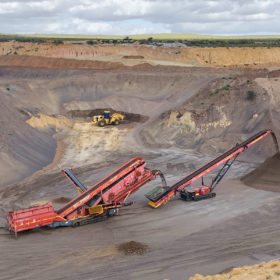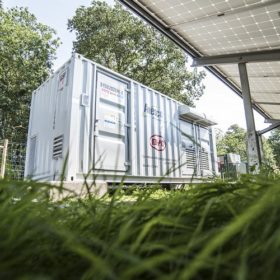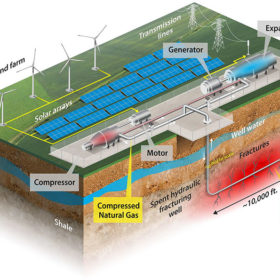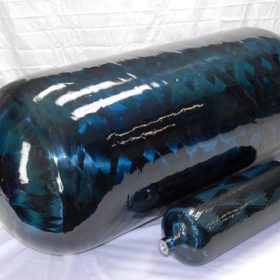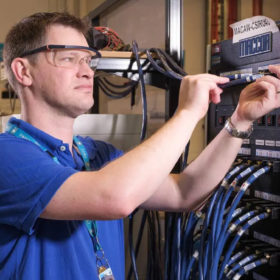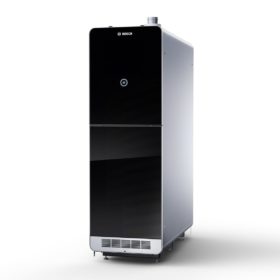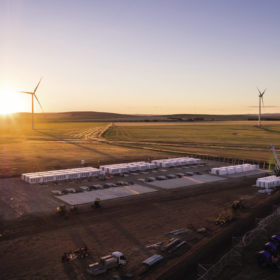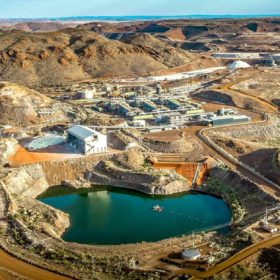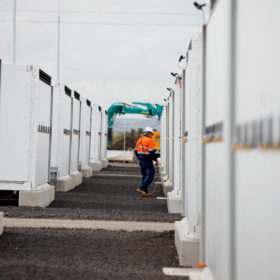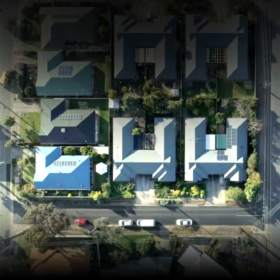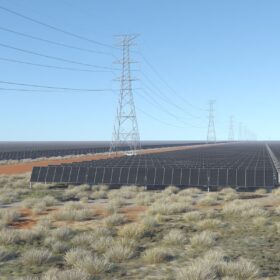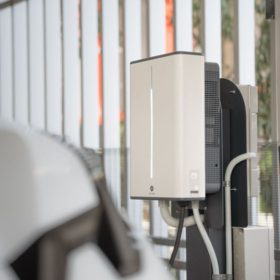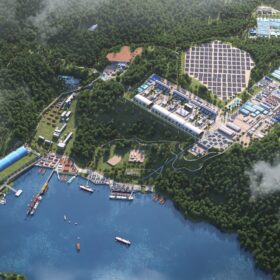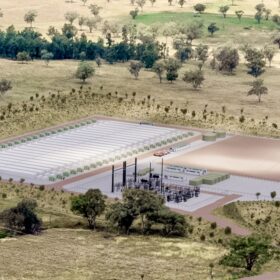Mapping Australia’s battery mineral waste ‘gold mine’
To encourage industry to consider the battery mineral opportunities currently sitting in neglected heaps around the country, Geoscience Australia and its partners are developing an Atlas of Australian Mine Waste. The public database hopes to highlight the opportunity in reprocessing mining waste for new markets.
Asia Pacific to lead global battery storage market, clock 68% share by 2026
The global battery energy storage market will grow to US$10.84 billion (AU$14.54 billion) in 2026, with around two-thirds of the demand concentrated in the Asia Pacific region.
Storing renewables in depleted oil and gas wells
US researchers have proposed the use of hydraulically fractured oil and gas wells to store renewable energy via compressed natural gas, with the levelised cost of storage potentially coming in at US$70/MWh and US$270/MWh. They said wells could also be used to store other renewable gases such as carbon dioxide or hydrogen in the future.
Australia’s first hydrogen storage tank manufacturing facility in planning, enabled through US partnership
Sydney company CST Composites is seeking to establish Australia’s first hydrogen vessel manufacturing facility, looking to secure its position in the rapidly growing industry through a joint venture with a US-based hydrogen storage tank manufacturer.
CSIRO to invest $50 million in storage tech of tomorrow
The CSIRO will invest $50 million in four new programs to drive critical breakthroughs in electric vehicle batteries and creating storage solution which could “mimic pumped hydro.”
Bosch unveils hydrogen-compatible stationary fuel cell system
Bosch’s new solid oxide fuel cell prototype has an electrical efficiency of more than 60% and an overall efficiency above 85%. It also has a targeted power output of 10 kW and can produce up to 3 kW of thermal energy.
Weekend read: Big battery breach
In September 2021, not long after a fire at the Victorian Big Battery made international headlines, Neoen’s original “Big Battery” – the Hornsdale Power Reserve in South Australia – was sued by the Australian Energy Regulator for failing to provide all of the frequency control ancillary services it had agreed to offer. The case is now before Australia’s Federal Court, where the judgement could set an important precedent for network operations in Australia, as well as the transition to large-scale batteries.
Mineral Resources set to double Mount Marion Lithium capacity in response to ‘extraordinary lithium demand’
Mineral Resources Limited along with its joint venture partners is set to double the spodumene output of its Mount Marion Lithium mine over the course of 2022 in response to enormous lithium price due to electric vehicle demand.
Australian battery storage market passed 1GWh in 2021
Australian deployment of battery storage remained steady in 2021, according to market research firm SunWiz, bringing cumulative installations to 1,089MWh.
Solar the energy workhorse in latest gloomy IPCC verdict
Photovoltaics can wipe out 4.25 billion tonnes of carbon emissions every year this decade, according to the UN Intergovernmental Panel on Climate Change. Even so, the actions announced so far remain way short of what is needed, with capital flows to fossil fuels still greater than the cash directed toward combating climate change.
